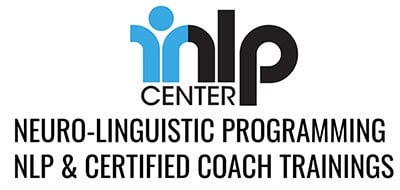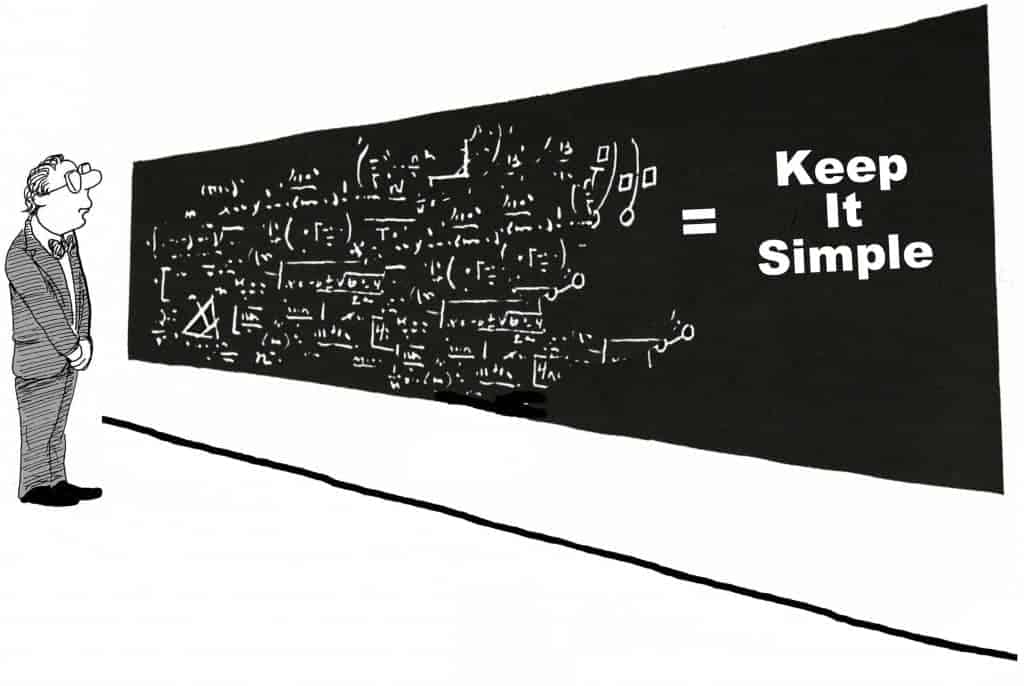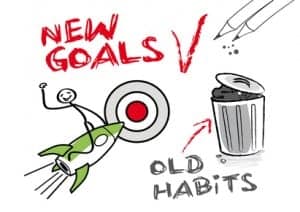Let’s get real. If you want the best NLP training in the world, you are going to play a major part in making it happen. And it begins knowing how to choose the best NLP training for you.
In this post we’ll outline a strategy for making sure your NLP training experience is the best possible. And we’ll start out assuming that you have not chosen a course yet.
Disclaimer: I am an NLP trainer and I do consider the iNLP Center online programs to be among the best NLP training in the world. I am writing this post. There is an obvious conflict of interest! Yet, as you will see, I can still be objective. You’ll be able to apply the four factors mentioned below to your investigation of any NLP training.
Which factors make the best NLP training in the world?
Let’s discuss this in two parts:
1. The end result of the best NLP training (for you), and
2. The 4 factors or features of NLP training that deliver those results.
 Part One: It’s the end result that matters.
Part One: It’s the end result that matters.
It’s nice when you enjoy your NLP training experience. If you have a good trainer, the learning process is fascinating. Time and time again, your mind will be blown. You’ll discover things about yourself and others than never occurred to you before. It’s interesting!
And…none of that really matters in the long run. Lots of things are interesting to study, right?
What matters is whether or not you achieve your desired end result. This is what will make your NLP training the best for you.
What’s your desired end result? What do you want to do better? How do you want to be better?
From a trainer’s perspective, what makes the best NLP training is integration of skills. This is where the rubber meets the road – it’s how you to get your results. NLP skills are the tools that will deliver the outcomes that are important to you.
Not your trainer’s NLP skills. Your NLP skills. And this is why integration is so important. The skills must become part of your life. You’ve got to find a way to transfer them from the training experience into your living experience. And that’s the end result that matters most to me. If skill integration happens, you are more empowered to get what you want. And therefore I have done my job as a trainer.
Summary: Know the end result you are seeking and judge the training based upon how well it helps you get there. Choose the best NLP training you can – the one that is most likely to help you integrate NLP into your daily living experience.
Part Two: 4 Factors that Make the Best NLP Training in the World
Of course there are lots of things that make a training good. It should be simple, clear, fun, engaging and well-designed. And more. Yet, I have boiled down what I have found over 25 years to be the most critical elements of any well-designed and delivered NLP experience. Here they are.
1. Simplicity
NLP is complex. So complex, in fact, that some NLP practitioners have a hard time defining it. How do you take this sprawling body of work and turn it into something simple and easy to learn?
One of the qualities of any good teacher is the ability to take difficult or complex material and make it easy to understand. And this is the task of a skilled NLP course developer. It’s no easy task. Still, it must be done and done very, very well. The last thing you want is to end up in an NLP class going, “Huh?”
Some confusion is unavoidable, as this particular skill set deals in subconscious phenomena. The trainer’s job is to turn the complex into something so simple that you can’t help but see it clearly and apply it to your life.
How can you know if a particular NLP trainer is actually making NLP simple enough to learn well? Preview his or her materials with the simple principle in mind. The best NLP training will be simple from introductory materials on through completion.
 2. Honest Feedback
2. Honest Feedback
When you’re taking an NLP classroom training, you get to work with other students to practice your skills. When I taught in classrooms, I always suggested that my students give honest feedback to each other. In a classroom setting, it’s common to practice a skill and then pretend it got great results. Few people in classroom settings want to tell their peers that they failed.
Bad idea. Guess what? Not everything you try is going to work. When an intervention fails, you want to know. This is how to best learn a new skill set. Get out there, make mistakes, learn from those mistakes and keep adjusting.
In a good online training, there must be a way to practice the skills. Here is where an online training has a distinct advantage. For some of the material, you will need to find your own partner to work with. You’ll need some guinea pigs.
Here’s the good part of that: your guinea pigs might have zero investment in NLP. In other words, they won’t understand what’s “supposed” to happen. These folks are much more likely to be honest and spontaneous with their feedback. This is what you want as an NLP practitioner. This is the ideal context in which to build solid, real-world NLP skills.
What? Do you want to be told that what you are doing is working when it isn’t? Ask for honest feedback. It will keep you sane.
3. Training Design
The best NLP training is well-designed. Mostly, this means that it is delivered in manageable chunk sizes. Each learning piece builds upon the next. Some trainers and their students make a HUGE mistake by trying to learn NLP too quickly. NLP certification in a weekend? Yes! Come drink out of a fire hose for 2-3 days and pretend you’ve learned NLP.
First of all, you cannot possibly learn NLP in 2-3 days. Secondly, if the vast body of skills that is NLP could be taught in 2-3 days, you wouldn’t be able to assimilate it into your life very well. It would still require months of steady practice and integration.
This is why I favor the “drip feed” method. Slow down. You’ve got something really valuable here. Take your time. Learn one simple skill at a time. Apply it. Get feedback. Go back for the next skill. Over a period of weeks and months, your skill level will skyrocket.
 4. The Path to your Daily Life
4. The Path to your Daily Life
Your new NLP skills must find their way into practice if they are EVER going to be of practical value to you. The best NLP training paves a “path to your daily life.”
In other words, in addition to learning a given tool, you should also receive exercises that help you apply it in real life situations.
My particular way of accomplishing this in our online program is to give students “stealth missions.” Stealth missions are specific assignments related to the NLP skills you are learning. Your mission is to go out into the world and use your new skills to communicate, observe or behave in a particular way. (Most of the time, nobody around you knows what you are doing, so you’re never on the spot.)
Each mission has a learning objective. You report back to us the results and what you gained from the experience. It’s brilliant, if I do say so myself!
Key question: How does your NLP trainer blaze a trail to your daily life?
Summary: The 4 factors that make the best NLP training are 1) simplicity of the learning material 2) the availability to get honest feedback along the way 3) a well-designed training that drip feeds the learning material in a way that you can assimilate and 4) the creation of a trail to your daily life. On your search for the best NLP training for you, keep these four factors in mind.






